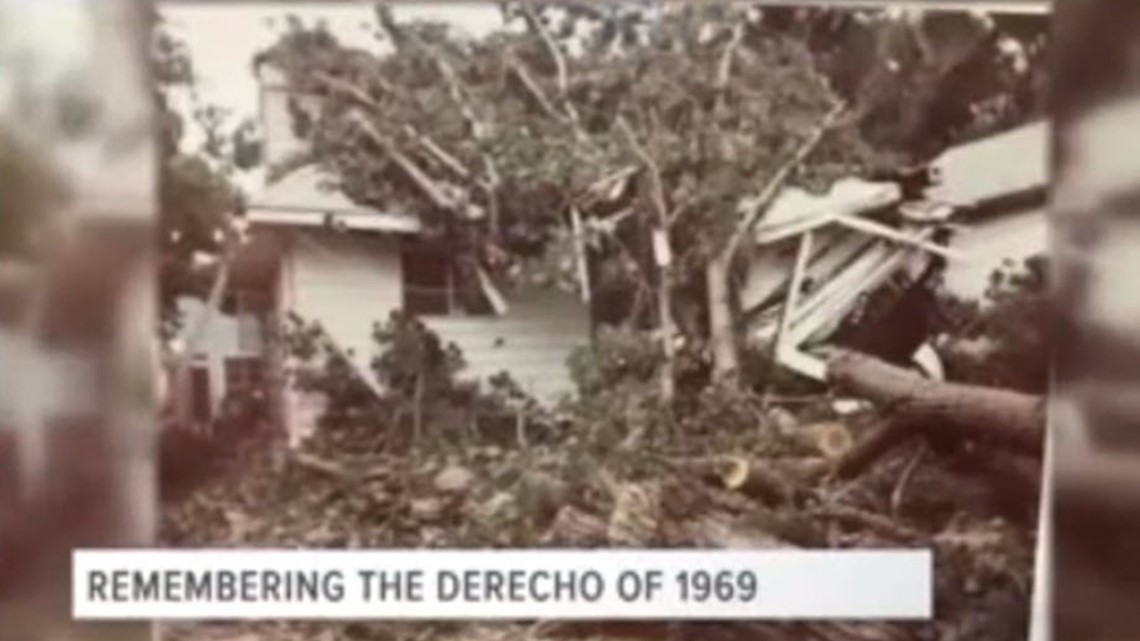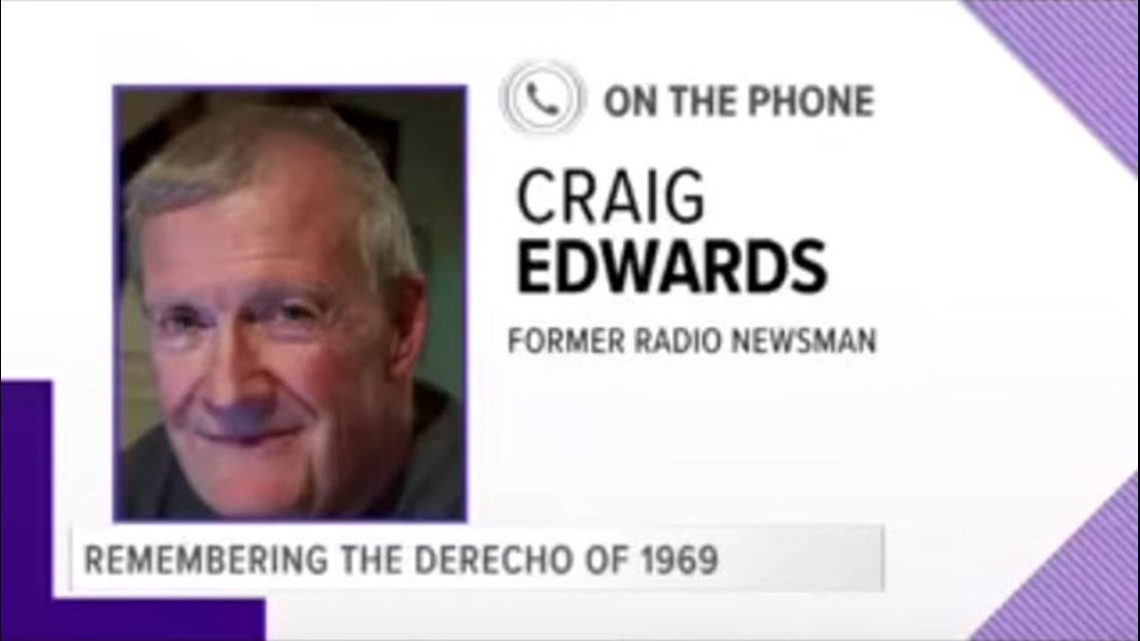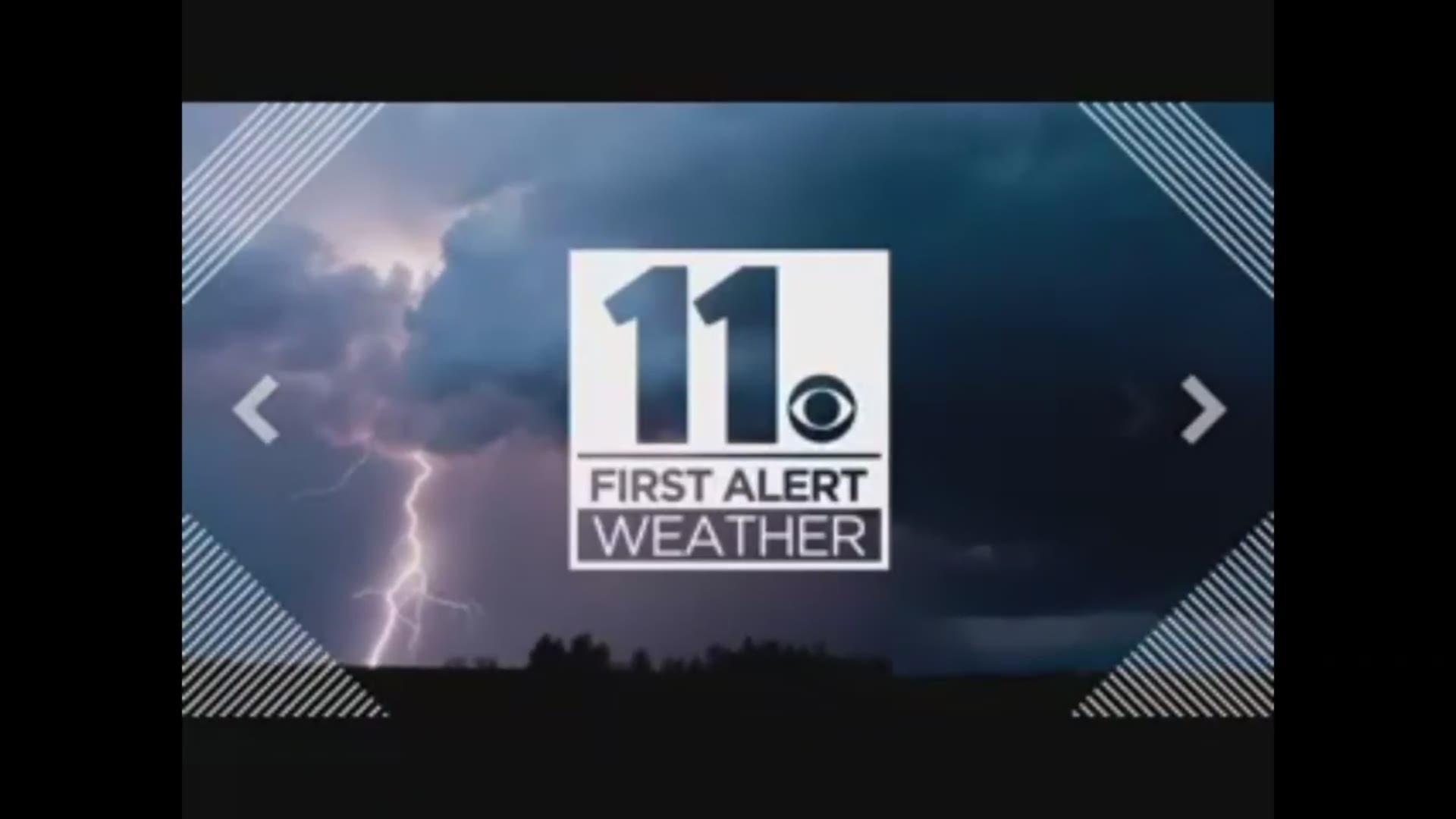TOLEDO, Ohio — Today is the 50th anniversary of the Ohio Fireworks Derecho, which hit the area on July 4, 1969. This is considered to be one of the most historic and devastating storms in Ohio's history.
The storm not only wreaked havoc on a widespread area of northern Ohio, more than 40 people died as a result of the derecho.
In total, the Ohio Fireworks Derechoand the following floods left an estimated 46 people dead, 559 injured, and over $66 million in damages by 1969 dollars.
The National Weather Service attributes the storm's devastating effects to the fact that little warning was available.
" Although forecasts early in the day pointed at the possibility for severe weather, when no storms turned up by late afternoon, the masses began to gather for what they thought would be a grand fireworks display. People along the lakeshore were completely unaware of the dangers brewing just some 50 to 75 miles to their northwest," an NWS recap of the event states.
A derecho is a long-lived, widespread and fast moving windstorm that is associated with a fast-moving group of thunderstorms. These can cause hurricane-force winds, spur tornadoes, heavy rains and flash flooding.
On that Friday in 1969, people in Toledo were preparing to enjoy a traditional Fourth of July, with picnics, boating, and fireworks. However, in a flash, those plans all changed.


Newsman Craig Edwards remembered how it started.
"Kind of an inky blackness - the kind you see in the Florida Everglades. No light, no light reflected anywhere. Low, rolling clouds at treetop height, and a wall of shrieking wind and water," Edwards recalled. He was chasing the storm in his news vehicle and had a immersive view of the storm.
"Literally, the rain was horizontal," Edwards said.


Toledo was about to be hit by tornadoes and the massive derecho. People sensed the danger and abandoned plans. That included Toledoan Bonnie Dickson and her family, who hurried home from a camping trip near Lima.
"The whole time we were coming home, we were in a tornado warning. And he's driving and I'm looking out both sides of the window to make sure that I didn't see a tornado coming either way," Dickson said. "It was funny because on one side of the car, I could see stars, and I'd look to the other side and it was just pitch black. The clouds were kind of rolling, and it was scary."
The derecho blasted on shore around 8 p.m., just as holiday festivities were beginning in lakefront areas. Widespread winds wracked the entirety of the lakeshore, with a boater near Toledo recording a gust of 104 mph, and gusts of 100 mph reported in Cleveland, the NWS said.
Edwards felt the wind's ferocious force while he was on the job.
"I was driving and the first impact turned my station wagon sideways. I was turning from Navarre onto Coy Road. It just spun me around," Edwards said.
Point Place and Toledo were slammed by tornadoes. One of the tornadoes that touched down in Point Place started at Edgewater and traveled down 135 Street, knocking down trees and power lines, and continued out to the lake.


Bonnie Dickson's house was one of the structures that was struck.
"We didn't come back to the house until the next day and found that the tornado had gone down our street and put a tree through the front window," Dickson said.
Point Place, like many areas, was just shredded by the derecho. On Edgewater Drive, Greiner Sailmakers
John Greiner recalled being in eastern Ohio on a camping and sailing trip that night. He said as the storm rolled, they got off their boat and into their tent just in the nick of time.
"It really hit, and it blew the tent down we were in. I walked around to the end of the tent and pulled an aluminum pole back up. The rain was instant and I was suddenly ankles deep in water, holding an aluminum pole with lightning all around," Greiner said. "I decided that wasn't a good idea."
Damage was widespread, from Toledo to the Pennsylvania border. The NWS said Toledo was one of the hardest-hit areas, as the winds knocked down 5,000 trees and damaged several homes, leaving 75,000 homes without electricity. The storm caused over $66 million dollars in damages by 1969 dollars.
"With such a wide array of impacts from this event from damaging winds and lightning to catastrophic flooding, this event remains one of the most significant, costliest, and most deadly weather events in Ohio’s history," the NWS said.
Derechos are much more predictable and understood today, and observational data and radar has significantly improved over the last 50 years. This allows for much improved lead time on storms and warnings, so a tragedy such as the Ohio Fireworks Derecho would be "easily avoidable" today, the NWS said.
"Furthermore, weather information in the form of forecasts and warnings are much more reliable and communicated more easily today meaning word on severe weather events and dangers spreads much faster. Therefore, with an event like this occurring today, damages and fatalities would be greatly mitigated owing to greater preparation."

